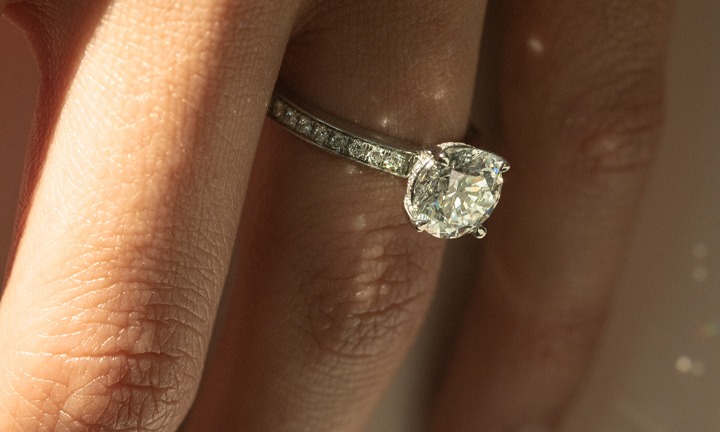The journey of finding your forever ring is usually a magical and luxurious experience that you remember for a lifetime. However, this process can feel daunting and confusing for many people as there is a minefield of information to sift through before making a decision.
Don't panic; you are not alone. So many of our customers come to us without prior knowledge about the diamond industry or how jewellery is made; it's completely normal. Our job is to guide and advise you so you and your partner can find the perfect ring to announce your commitment.
The four C's make up the grading system that determines the value and quality of a diamond. There are four methods of classifying diamonds: cut, colour, clarity and carat, and each refers to a different attribute when assessing the quality and value of a diamond.
We have created this guide for those who have decided they are ready to take the next step with their special someone and may feel confused when choosing their forever diamond.
Professional jewellers will try and make it easier for you to digest the myriad of diamond information that is available, however, what is most important is that you and your partner are happy with your choice.
The decision ultimately lies with you and the most important consideration is that when you and your partner look at the ring, it signifies your love.
Let's dive into the beautiful world of diamonds.
The Cut of a Diamond
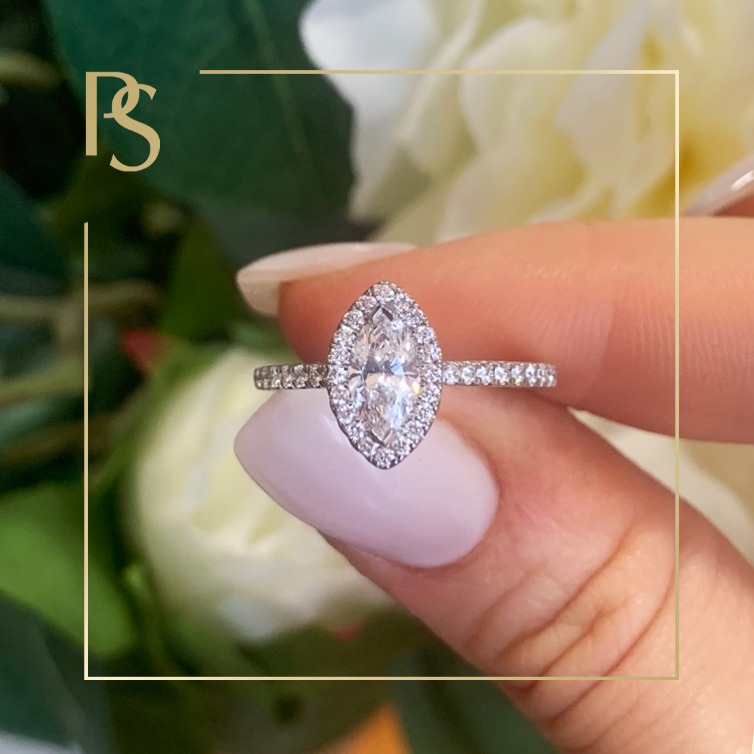
The first of the four C's we will review is cut - often regarded as the most important of the 4 C’s. The cut refers to the quality of the diamond's cut rather than the shape or size and how well the stone is faceted, proportioned and polished. This then determines how the diamond will interact with and refract light. This is the only attribute that is not influenced by nature.
The diamond cut directly influences the brilliance, which is its ability to return light to the eye. Colour and clarity do not affect this at all. Usually, it is recommended that one considers the cut they would like their diamond to have first, as this will impact how their diamond ring sparkles.
A diamond's cut is graded as Excellent, Very Good, Good, Fair and Poor. The grading of the diamond in terms of cut doesn't influence the cost as much as the other C's, so most would strive to find a diamond in either the excellent or very good categories, as these will be the best-cut diamond in terms of how they interact with light.
It has been said that if the diamond is well cut, any colour or clarity will shine beautifully, which makes the cut the C you should consider first.
There are several different ways a diamond can be cut: marquise, oval, radiant, emerald, princess, cushion, pear and round brilliant. The dimension and proportion of the stone can make a massive difference to the overall look of the diamond and then the ring as a whole.
A general rule is to keep the length and width ratio balanced, which can also assist in making the stone look bigger than it is. With more elongated cuts, like oval and marquise, the size ratios are determined by both cut and carat weight, which is something to consider when deciding on the overall size of your ring.
Browse our collection of round brilliant diamond rings here.
Diamonds & Their Colour
The diamond colour grading scale is ranked from D-Z, with D being completely colourless and usually resulting in the highest price. Diamonds ranked Z would have a light yellowish hue which is due to the presence of nitrogen in the stone.
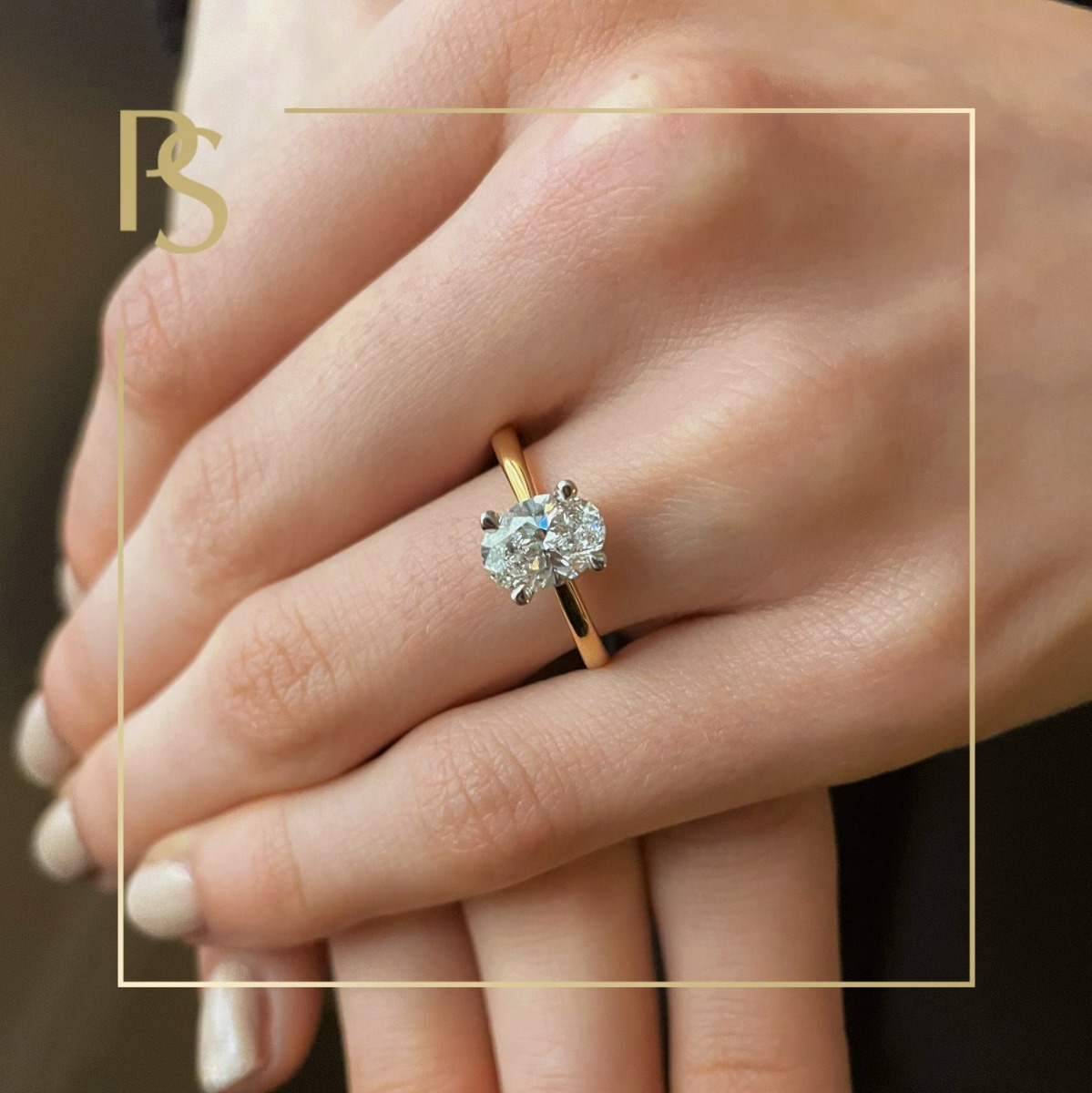
The most common colour chosen by brides-to-be would be between the D-J grades, as these diamonds appear mostly colourless to the naked eye.
The cut of the diamond will also influence where it ranks on the colour scale. For example, a round brilliant diamond is the most popular cut for engagement rings as it hides colour very well, so you could go for a lower-rated diamond on the colour scale and still have a beautiful sparkler.
Longer cuts will reveal colour more, which is something to be mindful of when considering how your engagement ring's cut and colour will interact.
Browse our selection of oval-cut diamond rings here.
Another thing to remember is that colourless diamonds aren't necessarily better. Diamonds come in several different colours, for example, pink, yellow, orange-brown and even black.
If your personal preference is a specific colour, and that's the diamond you want to go for, that is entirely up to you and your partner. Colour is not an indication of better or worse quality; it is just a way of classifying a diamond.
Understanding Diamond Clarity
The clarity refers to the number of natural imperfections in the diamond, called inclusions—the GIA grading scale rates diamonds from Flawless to Included. However, there isn't that much difference between a diamond that is graded Flawless or a diamond that is graded Very, Very Slightly Included, at least not to the naked eye.
The most important thing when browsing diamonds is how they look to the naked eye rather than under a microscope. Some customers have a particular grading in mind and won't consider any other options – which is also completely fine; as we say, at the end of the day, it is your forever ring and all that matters is how it makes you feel when you look at it.
Having said this, it usually surprises people how lenient they can be with their diamond choice regarding clarity. Even an SI1 – which means Slightly Included – clarity diamond appears perfect and will usually be much less expensive than a Flawless diamond.
Finding a balance between colour and clarity is key when choosing a diamond. You can easily save money without sacrificing quality by staying on the high end of the colour scale but deviating slightly in clarity, as long as it looks perfect in your and your partner's eyes.
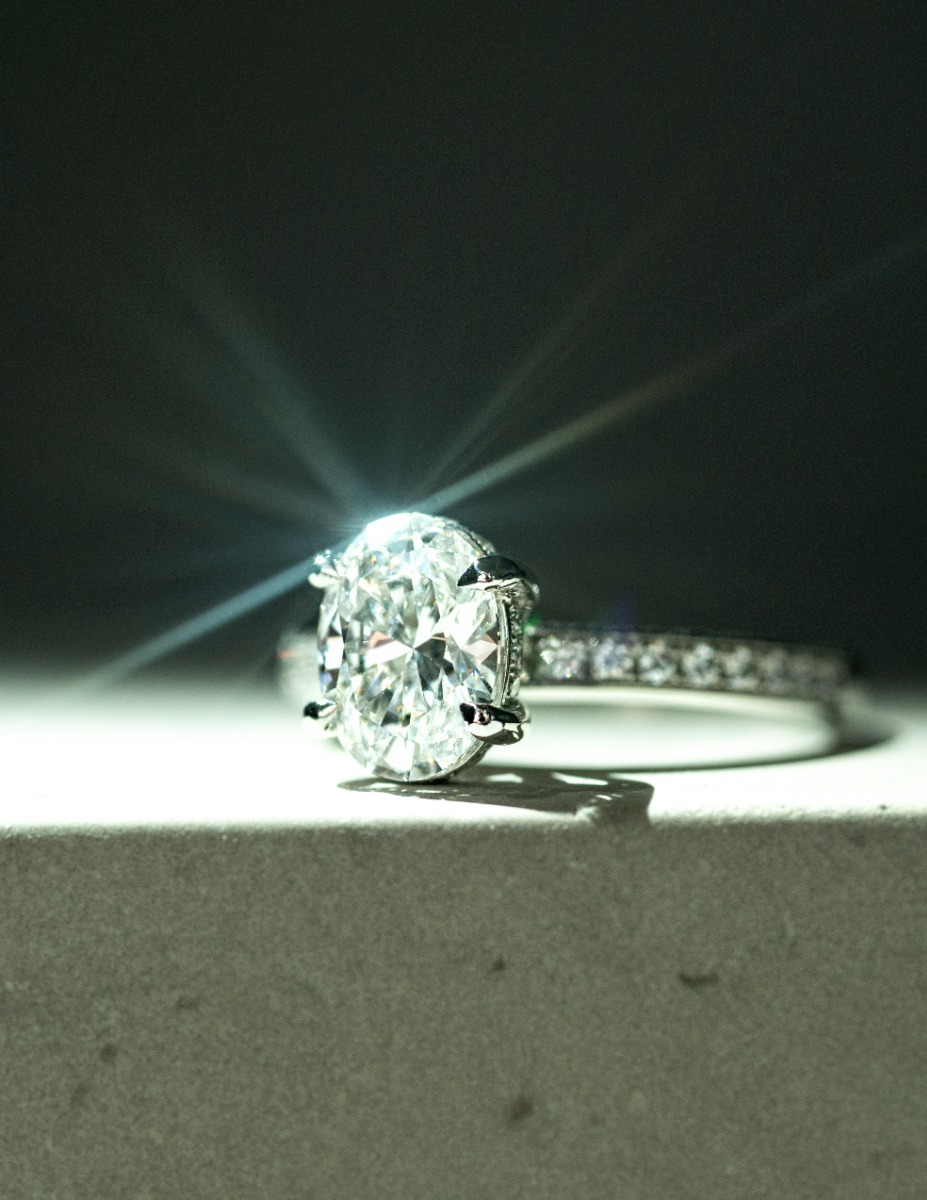
A Carat is the Weight of the Diamond
Carat is the last of the 4 C's to consider. When one thinks of the carat of a diamond, one may think it refers to the size of the diamond, but this isn't technically true. The carat relates to a measurement of the weight of the diamond.
According to GIA, one carat converts to approximately 0.2 grams. The larger the carat, the higher the price. It is important to remember that diamonds are naturally occurring stones mined on the earth, meaning no two diamonds are identical.
As the carat only determines the weight rather than the actual size, it should only be considered a guideline. If you had five diamonds lined up, all the same colour, clarity, and cut and all equally precisely 2.00 carats; they would still be slightly different shapes and sizes.
A diamond carat is divided into 100 points, which means a 50-point diamond weighs 0.50 carats. However, a stone with a specific weight may look larger than the carat suggests due to its physical dimensions.
This is beneficial as a diamond that weighs 2.00 carats may look more like a 2.20 carat stone but is still the price of a 2.00-carat diamond. You would be purchasing a stone that appears larger without paying the extra money for a bigger carat.
The Bottom Line in your Search for a Diamond
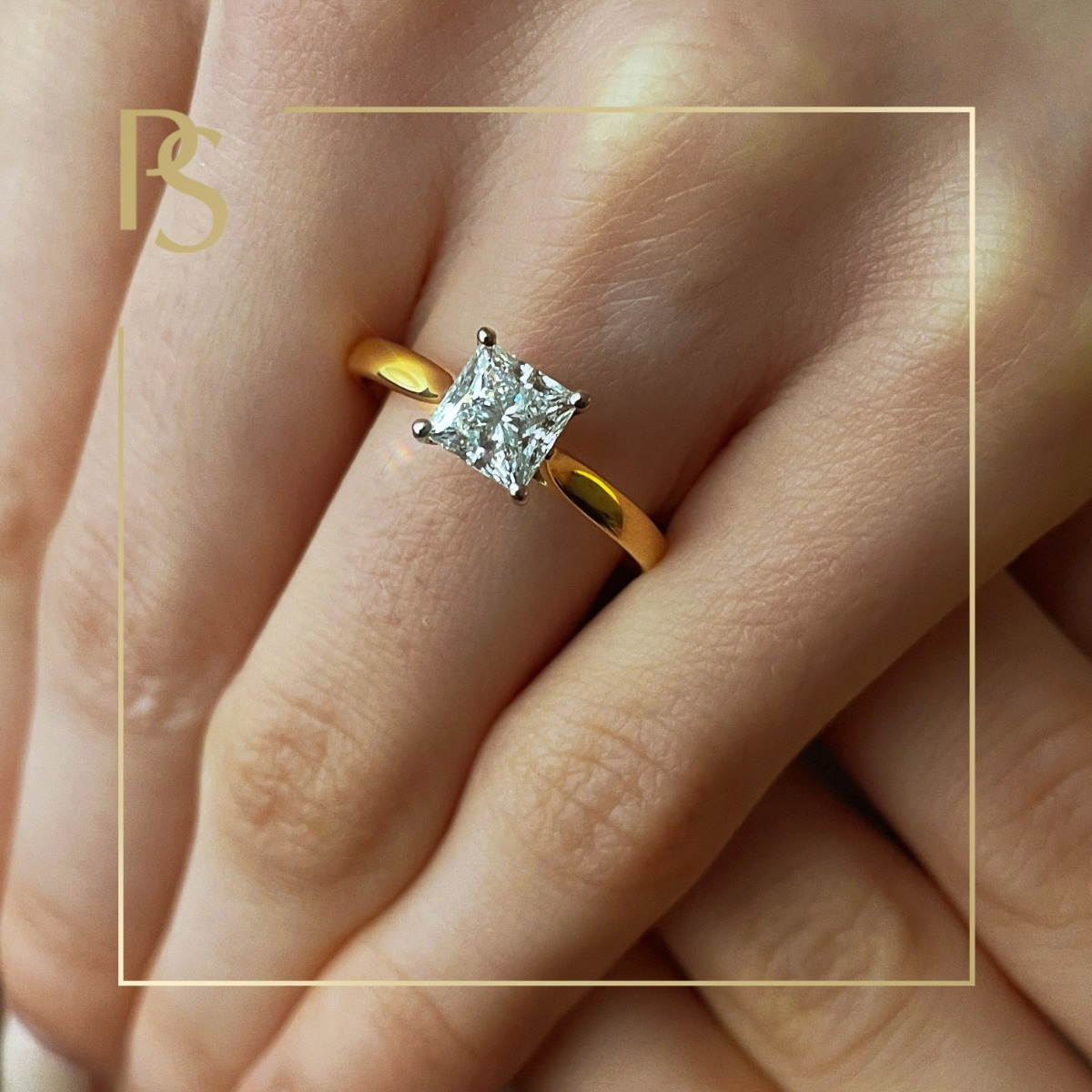
We have laid out the basic fundamentals around the 4 C's and how they are used in grading diamonds. Hopefully, this has clarified the massive swamp of information that can become overwhelming when researching this important decision.
The bottom line of this process is that it is entirely up to you. If you and your partner find the perfect ring, but it isn't the 'recommended colour' or a 'perfect clarity, that is fine.
The only people whose opinions truly matter are yourself and your partner, as this diamond ring will represent your bond and love for each other.
If you have any questions or need some advice, make an appointment or pop into our store here on Johnsons Court in Dublin. A member of our friendly and knowledgeable team would be delighted to guide you when choosing your forever ring.
Browse our collection of diamond engagement rings online here.


